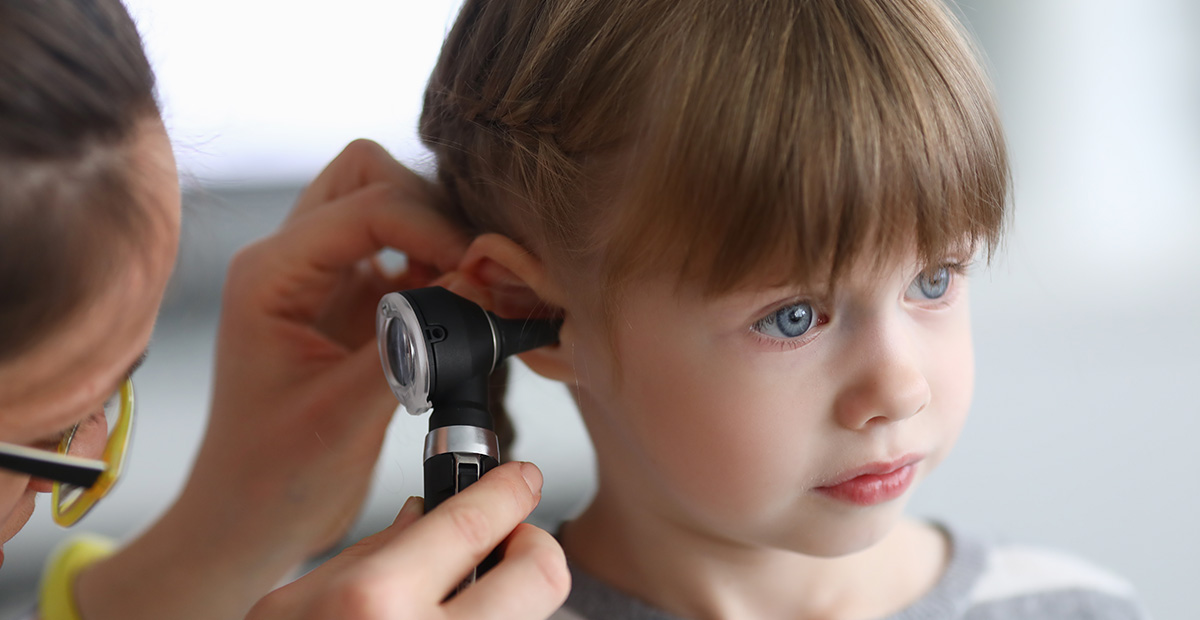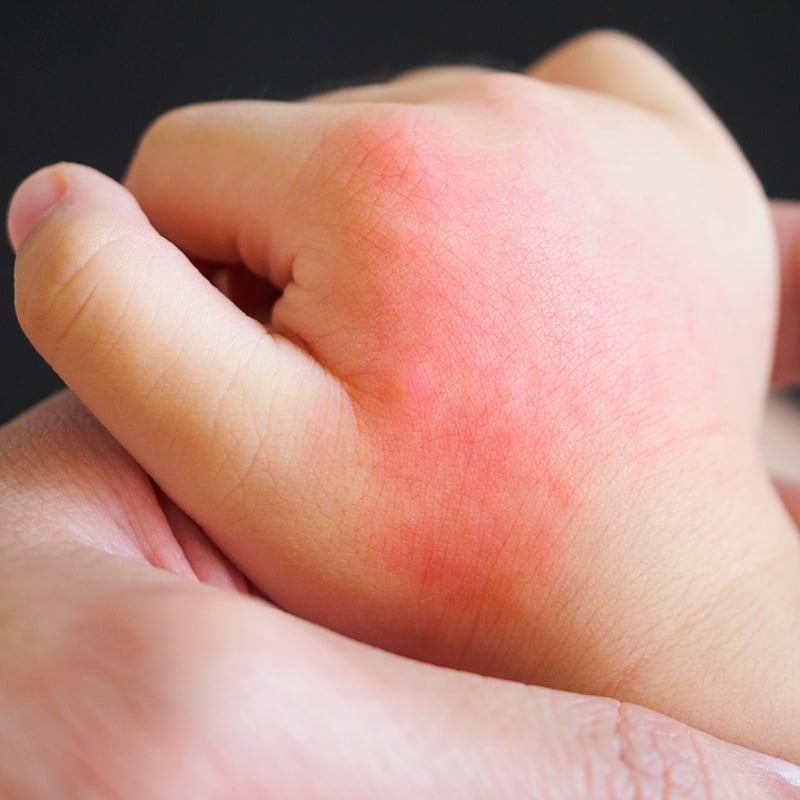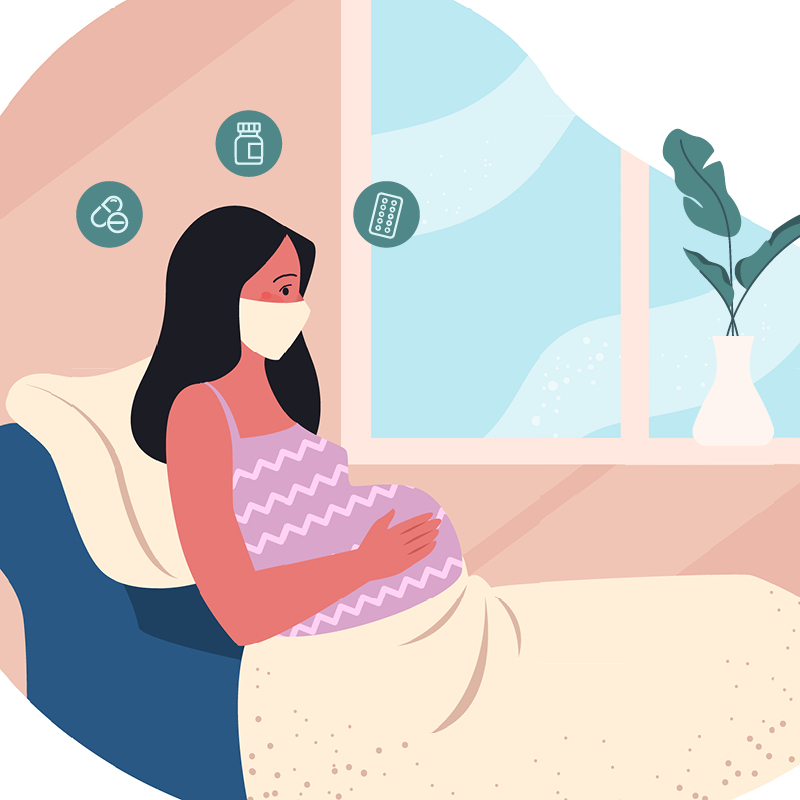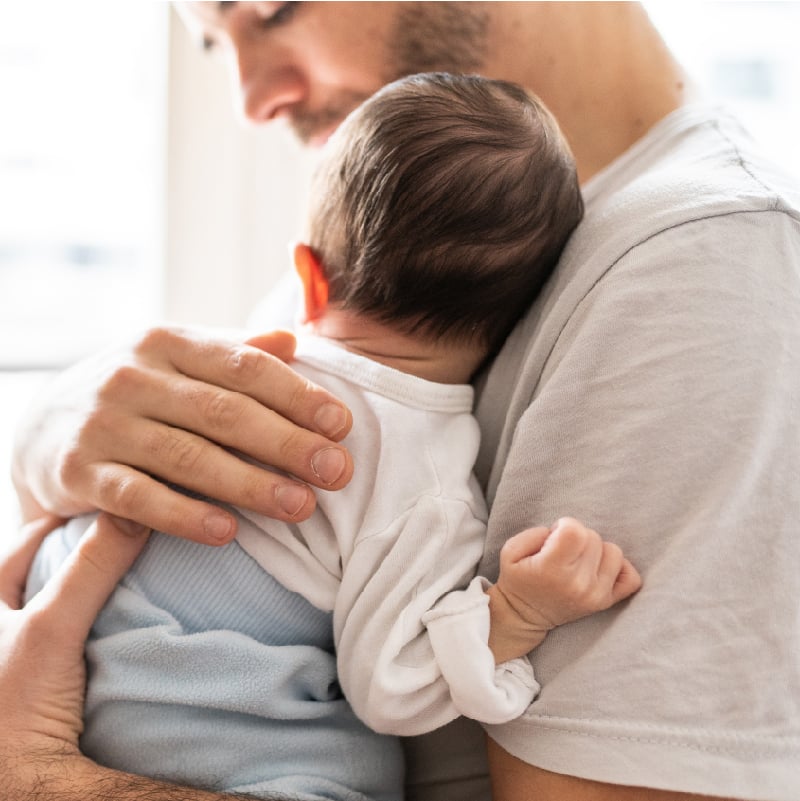Ear infections are common, especially among children. According to the CDC, five out of six children will have at least one ear infection by the time they turn three.
There are several types of ear infections, including acute otitis media (AOM) – affecting the middle ear, and acute otitis externa (AOE), which affects the auditory/ear canal.
“Children are more likely to develop ear infections because their ear anatomy and immune systems are still developing,” said Lauren Phillips, PA-C, who works at Rochester Regional Health Urgent Care in Webster. “The tube connecting the middle ear to the back of the throat (Eustachian tube) is shorter, narrower, and more horizontal in children. This makes it easier for germs to travel from the throat to the ear and harder for fluids to drain out of the ear.”
One of the challenges of ear infections in children is that children are often so young that they can’t communicate exactly what symptoms they might have. Phillips shares her expertise with diagnosing and treating ear infections.
Ear infection symptoms and diagnosis
Most people with an ear infection have one symptom in common: pain. Their ear(s) hurts with a sharp, stabbing ache that feels like it’s between the ear and the brain. If someone has non-infected fluid behind their middle ear, it will feel like pressure or fullness, with some ringing, tinnitus, or crackling or popping in their ear.
Other symptoms of ear infections might include:
- fever (especially in infants and younger children)
- fussiness or irritability
- rubbing or pulling on an ear
- having a hard time sleeping
- trouble hearing
- being off balance
If you or your child visit a provider, the provider will ask about the previously mentioned symptoms and then use an otoscope to look inside the affected ear. If the eardrum is red and inflamed, there is very likely an ear infection.
Treating ear infections
Once an ear infection is diagnosed, a provider will usually suggest a couple different courses of action. If the person with the infection does not have a fever and is not in severe pain, they may suggest waiting 24-48 hours to see if the infection clears up on its own. If there is a fever and/or severe ear pain, the provider will prescribe an antibiotic to clear up the infection.
Children who would benefit from immediate antibiotic use compared to an observation period include:
- immunocompromised patients
- infants under 6 months
- patients with craniofacial abnormalities (e.g., cleft palate)
- severe symptoms such as persistent pain for 48 hours, fever of 102°F or higher in last 48 hours, double ear infection, or runny ears
- toxic appearing patients
Getting plenty of rest, drinking water, and taking over-the-counter pain medication to relieve any fever or pain can all help with symptoms of an ear infection, as well.
Most infections begin to improve with 48-72 hours of starting the antibiotic. If there is no improvement, contact your provider. Some patients may need to be prescribed a different antibiotic.
“Even if you or your child start to feel better after a couple days of taking antibiotics, it is important to finish the full course of medication to ensure the bacteria is completely eliminated,” Phillips said.
If you or your child are experiencing multiple ear infections a year, it may be helpful to undergo a procedure to place tubes in the eardrum to allow more airflow and prevent fluid from building up in the middle ear.










